
LAS VEGAS, Nev. — Native Americans from the Shivwits Band of Paiutes near Ivins, Utah, Cedar City and other parts of North America including Canada, and guests, gathered Saturday afternoon around the blessed Snow Mountain Dance Arena on the Las Vegas Band of Paiutes Reservation. They came to engage in cultural song and dance, celebrate one another and honor the deceased for the 25th annual Memorial Day Snow Mountain Powwow.

As part of tradition, the Grand Entry initiated all powwow sessions. The first dancer, an honored Native American veteran, entered the arena carrying an eagle staff — a sacred staff adorned with eagle feathers symbolizing the Indian spirit — behind him veterans carried in the American flag, the Nevada state flag and the Las Vegas Band of Paiutes tribal flag. Then all dance participants paraded into the arena to the beat of the drums in a clockwise direction each dancing his or her own specified style, dressed in brightly colored regalia.
The dancers clothing represents their tribes and is stylized to their type of dance, whether it is a fancy shawl or jingle, which is known to be a healing dress, said traditional dancer John Bear Fabella, 78, from Black Rock, New Mexico, of the Navajo-Zuni tribe.
The only item of regalia that is universal to all tribes, Fabella said, is a broach worn on the head made out of porcupine quills and eagle feathers.
Fabella served the United States with the 82nd Airborne Division in Vietnam. The second day he was across seas, he said, he saw people loading aluminum caskets to be shipped.
“I must have been naïve because I asked: ‘what’s all them boxes?’ We lost 55,000 men, ages 16-35. They were willing — blacks, whites, Indians and Mexicans — we fought as brothers,” Fabella said. “That’s what a veteran is, not a face, it’s a uniform. It didn’t matter what color you were underneath that uniform, it was uniform the enemy shot at. I was a dancer, though, before I was a veteran.”
The rhythms of the music are said to conjure remembrance of ancestral traditions dating back thousands of years. The dancers and drum groups compete for money which also dates back to when competitions were held and the winners received something of value.

All powwows have two hosting drum groups and several competition drum groups. The Northern Drum was hosted by the Red Bull Singers, a highly accomplished drum group from Little Pine Cree Nation located in Saskatchewan, Canada. The Southern Drum was hosted by the Cozad Singers, a Kiowa drum group out of Anadarko, Oklahoma.
Six or seven men sat in a circle around the drum and beat in unison. The lead singer would start a song signifying to the rest of the group which song they would play, but the music is never written down.
Northern drum groups sing in a highpitch tone whereas southern style sing like a bellow; though both genres of Native American music — as opposed to Beethoven or Bach — are never recorded, said Native Kiowa Larry Cozad, 58, of the Cozad Drum Group. Cozad grew up in Anardarko, Oklahoma, and was taught at a young age to play the drum and sing by his father, grandfather and uncles who have all now passed away.
“Sometimes we wear ourselves out. By the end of song you’re dripping with sweat, you got to stop, get a cough drop, grab some food and a drink,” Cozad said laughing. On describing Indian music he said: “My version is: I see music in my mind, I see it. For every tune I know, I see its whole design its structure, every shade and color.”
For Native Americans, the drum is a sacred instrument – the beat, known as “the heartbeat of our Mother Earth,” purposes to bring everyone back in balance.
“Originally we didn’t have drums. Before the Europeans came over we used logs or the side of a tree to drum on,” Cozad said. “We as people get hungry spiritually for music. You don’t see Jesus — you feel Him — like the beat of a drum. The songs are musical prayers. We pray for everybody because we are all on the same level, black, white, red, brown and yellow. These drums our so old we call them our grandfather.”
Powwow singers are significant figures to Native American culture, without the music there would be no dancing. The dance styles are unique in the regalia that the dancers wear, the rhythm of the drum beat and the patterns of movement. The competitive ladies styles included jingle, traditional and fancy shawl. The mens dance styles included traditional, grass and fancy.

The jingle dress dance is signified by rows of metal cones that clink against each other during the dance. The dance movement involves more in the hips than the other styles, said Gianna Yazzie, 13, a Navajo-Paiute native who danced the fancy shawl. When the “honor beats” are played — which are louder beats played in a succession of boom boom boom — the girls raise a fan of feathers into the air and spin around to honor the drum.
“The hardest thing is keeping your arms up especially dancing the fancy shawl dance. You can be disqualified if you drop something,” she said. “I learned these dances on my own when I was like 4 or 5.”
Dancers range from kids who can’t walk to seniors who have been dancing their whole lives.
The bird dance is a social dance that all dancers participate moving clockwise around the arena to bring all nations together as a community. One of the main things that comes to life at a powwow is expression, said emcee and northern traditional style dancer, Damon Polk, of the Quechan tribe. Polk, of Cedar City, has been the emcee of uncountable powwows.
“As Native Americans, we don’t put up fences or boundaries,” Polk said. “Everyone is invited to the powwows because it makes our souls happy.”
Click on photo to enlarge it, then use your left-right arrow keys to cycle through the gallery.

Dancers at the 25th annual Memorial Day Snow Mountain Powwow at the Las Vegas Band of Paiutes, Las Vegas, Nevada, May 24, 2014 | Photo by Aspen Stoddard, St. George News

Dancers at the 25th annual Memorial Day Snow Mountain Powwow at the Las Vegas Band of Paiutes, Las Vegas, Nevada, May 24, 2014 | Photo by Aspen Stoddard, St. George News
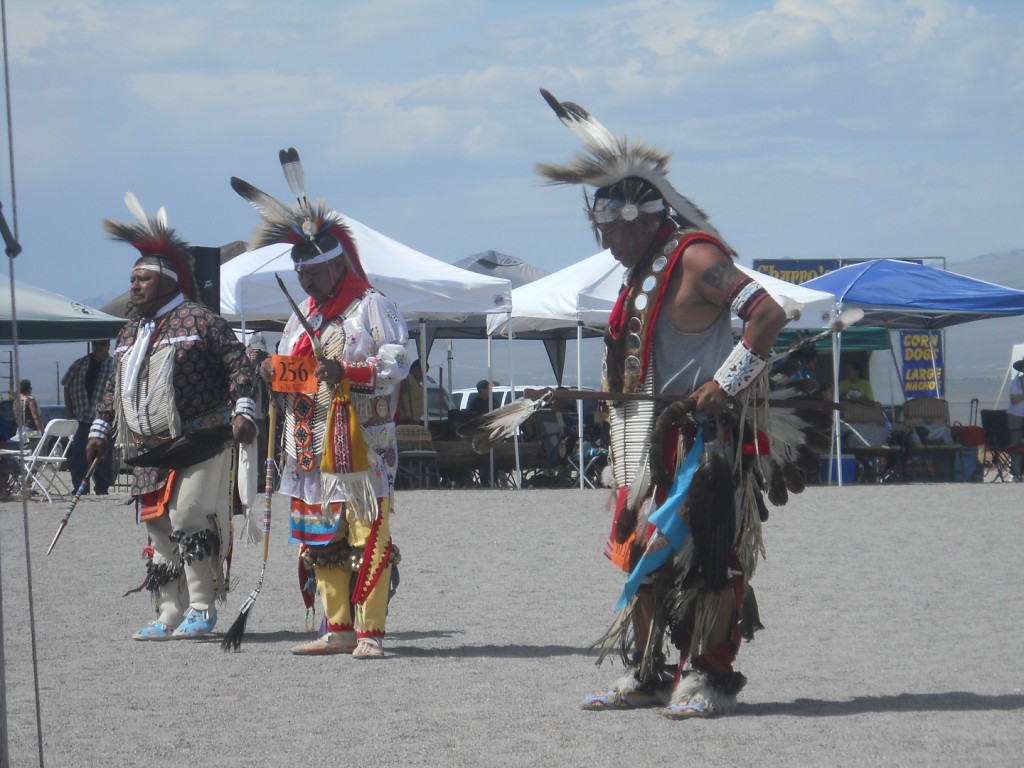
Dancers at the 25th annual Memorial Day Snow Mountain Powwow at the Las Vegas Band of Paiutes, Las Vegas, Nevada, May 24, 2014 | Photo by Aspen Stoddard, St. George News

Dancers at the 25th annual Memorial Day Snow Mountain Powwow at the Las Vegas Band of Paiutes, Las Vegas, Nevada, May 24, 2014 | Photo by Aspen Stoddard, St. George News

Dancers at the 25th annual Memorial Day Snow Mountain Powwow at the Las Vegas Band of Paiutes, Las Vegas, Nevada, May 24, 2014 | Photo by Aspen Stoddard, St. George News

Dancers at the 25th annual Memorial Day Snow Mountain Powwow at the Las Vegas Band of Paiutes, Las Vegas, Nevada, May 24, 2014 | Photo by Aspen Stoddard, St. George News

Dancers at the 25th annual Memorial Day Snow Mountain Powwow at the Las Vegas Band of Paiutes, Las Vegas, Nevada, May 24, 2014 | Photo by Aspen Stoddard, St. George News
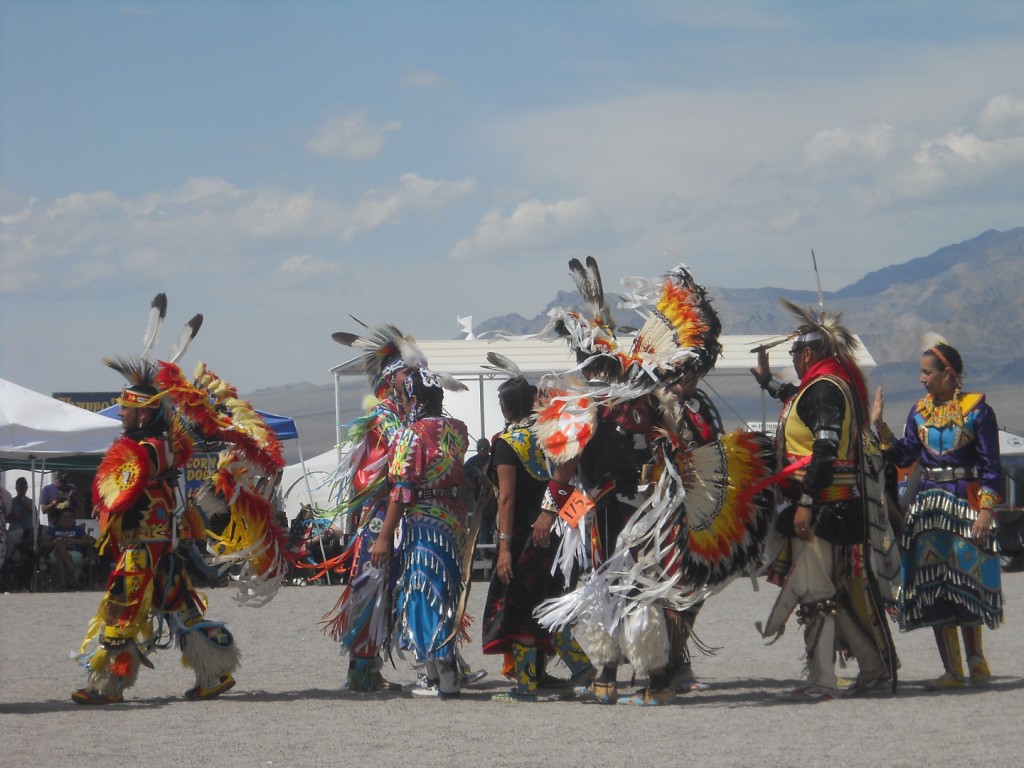
Dancers at the 25th annual Memorial Day Snow Mountain Powwow at the Las Vegas Band of Paiutes, Las Vegas, Nevada, May 24, 2014 | Photo by Aspen Stoddard, St. George News
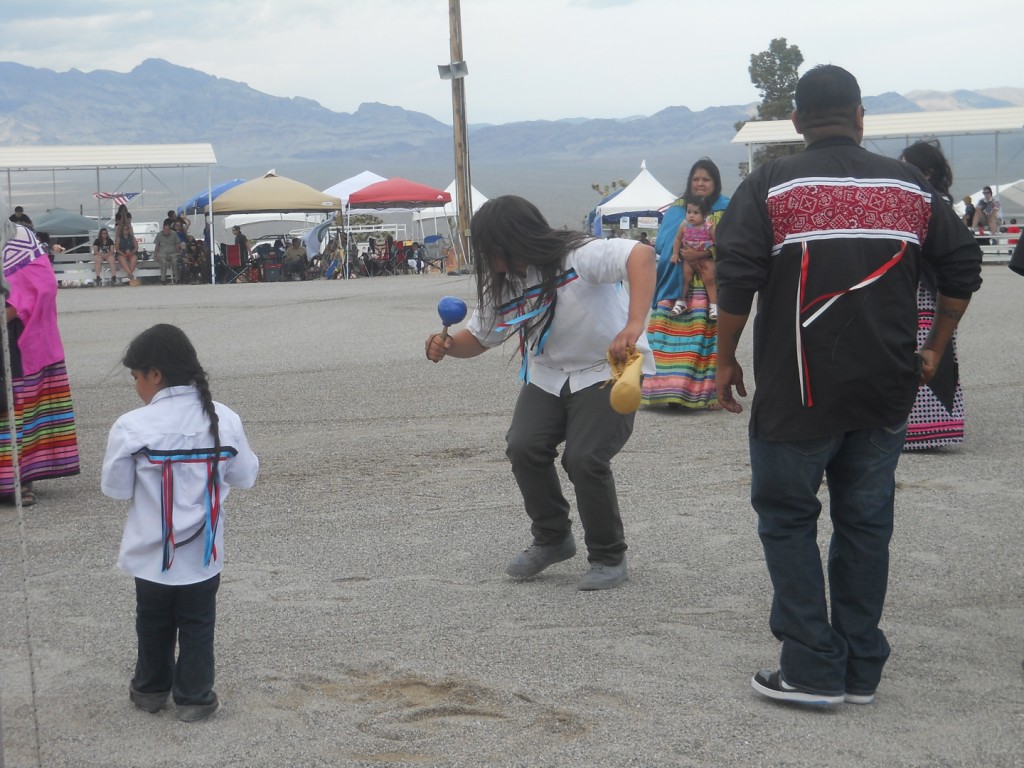
Dancers at the 25th annual Memorial Day Snow Mountain Powwow at the Las Vegas Band of Paiutes, Las Vegas, Nevada, May 24, 2014 | Photo by Aspen Stoddard, St. George News
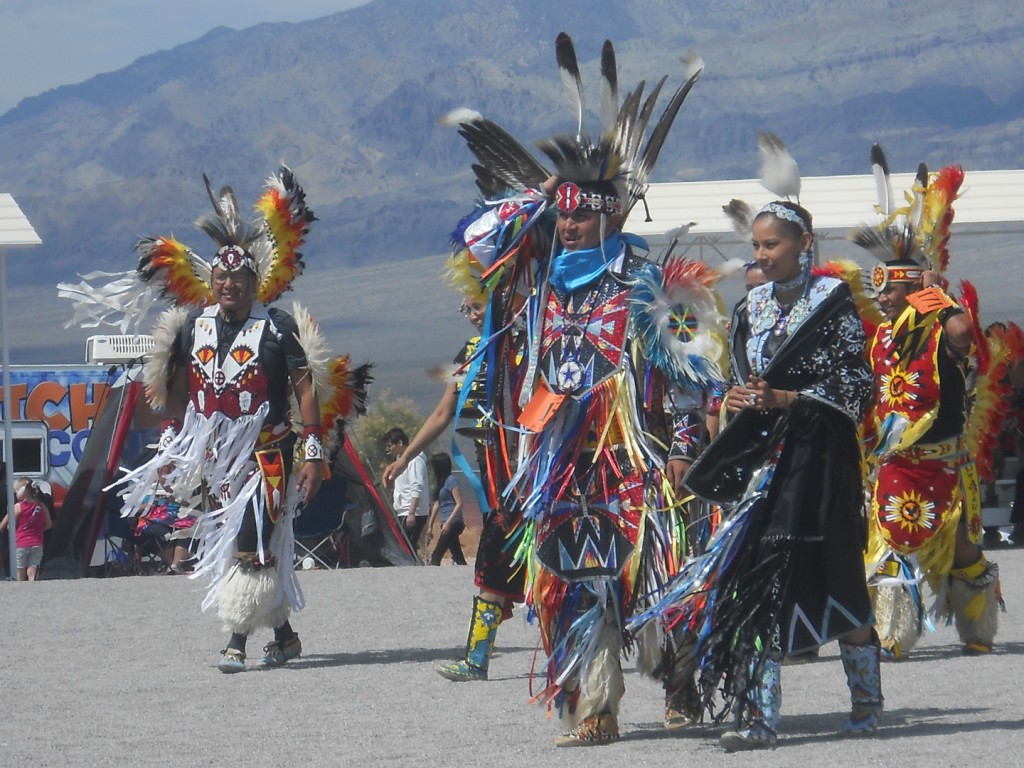
Dancers at the 25th annual Memorial Day Snow Mountain Powwow at the Las Vegas Band of Paiutes, Las Vegas, Nevada, May 24, 2014 | Photo by Aspen Stoddard, St. George News

Dancers at the 25th annual Memorial Day Snow Mountain Powwow at the Las Vegas Band of Paiutes, Las Vegas, Nevada, May 24, 2014 | Photo by Aspen Stoddard, St. George News

Dancers at the 25th annual Memorial Day Snow Mountain Powwow at the Las Vegas Band of Paiutes, Las Vegas, Nevada, May 24, 2014 | Photo by Aspen Stoddard, St. George News

Dancers at the 25th annual Memorial Day Snow Mountain Powwow at the Las Vegas Band of Paiutes, Las Vegas, Nevada, May 24, 2014 | Photo by Aspen Stoddard, St. George News

Dancers at the 25th annual Memorial Day Snow Mountain Powwow at the Las Vegas Band of Paiutes, Las Vegas, Nevada, May 24, 2014 | Photo by Aspen Stoddard, St. George News
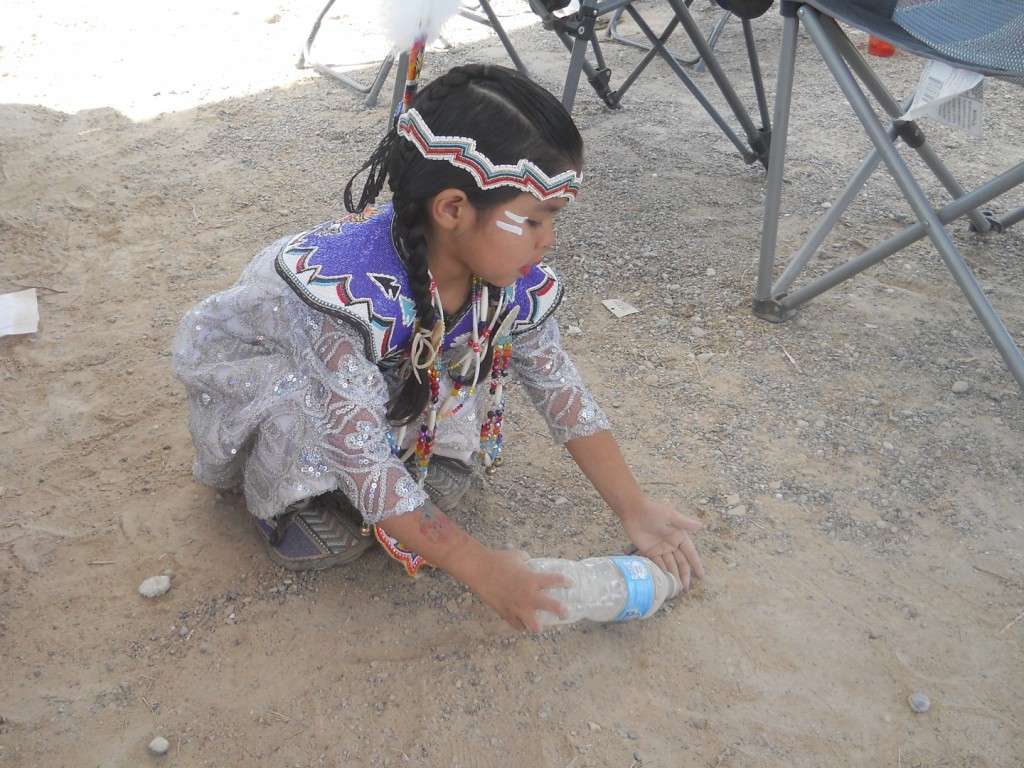
Dancer at the 25th annual Memorial Day Snow Mountain Powwow at the Las Vegas Band of Paiutes, Las Vegas, Nevada, May 24, 2014 | Photo by Aspen Stoddard, St. George News

Dancers at the 25th annual Memorial Day Snow Mountain Powwow at the Las Vegas Band of Paiutes, Las Vegas, Nevada, May 24, 2014 | Photo by Aspen Stoddard, St. George News
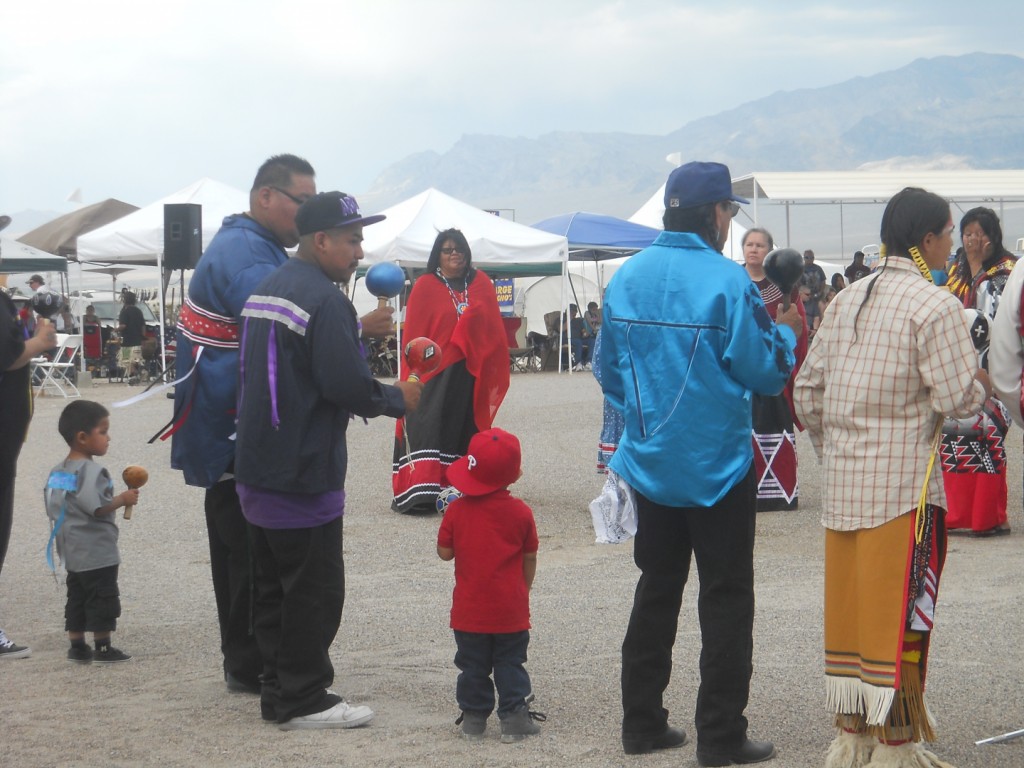
Dancers at the 25th annual Memorial Day Snow Mountain Powwow at the Las Vegas Band of Paiutes, Las Vegas, Nevada, May 24, 2014 | Photo by Aspen Stoddard, St. George News

Dancer at the 25th annual Memorial Day Snow Mountain Powwow at the Las Vegas Band of Paiutes, Las Vegas, Nevada, May 24, 2014 | Photo by Aspen Stoddard, St. George News
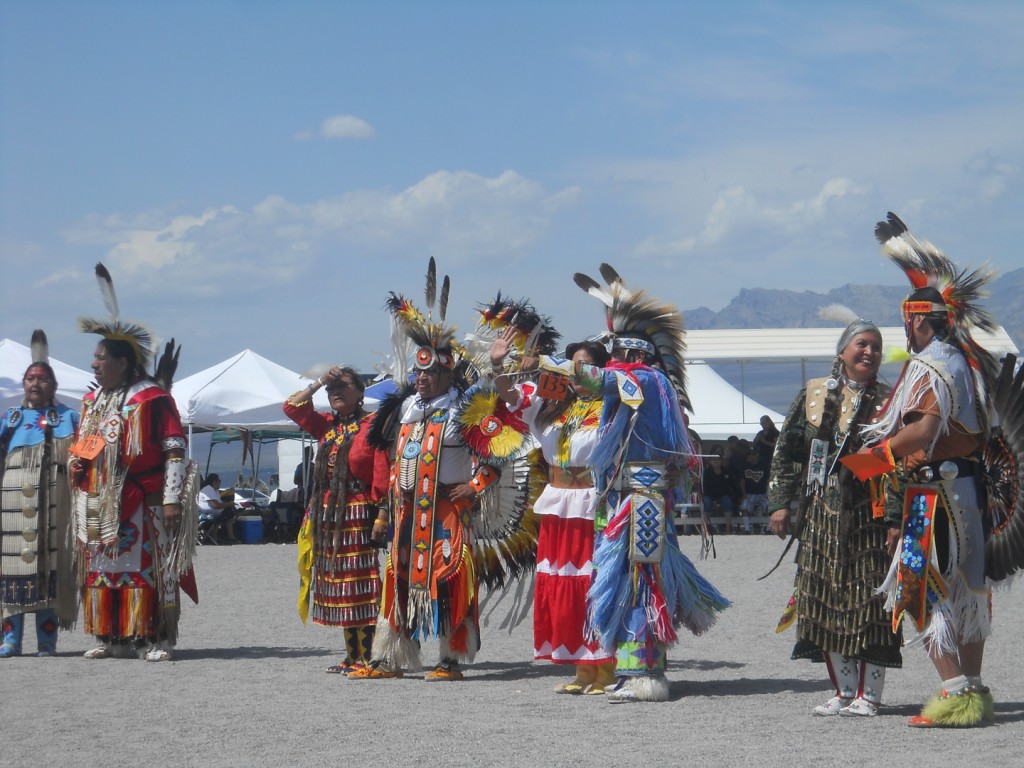
Dancers at the 25th annual Memorial Day Snow Mountain Powwow at the Las Vegas Band of Paiutes, Las Vegas, Nevada, May 24, 2014 | Photo by Aspen Stoddard, St. George News
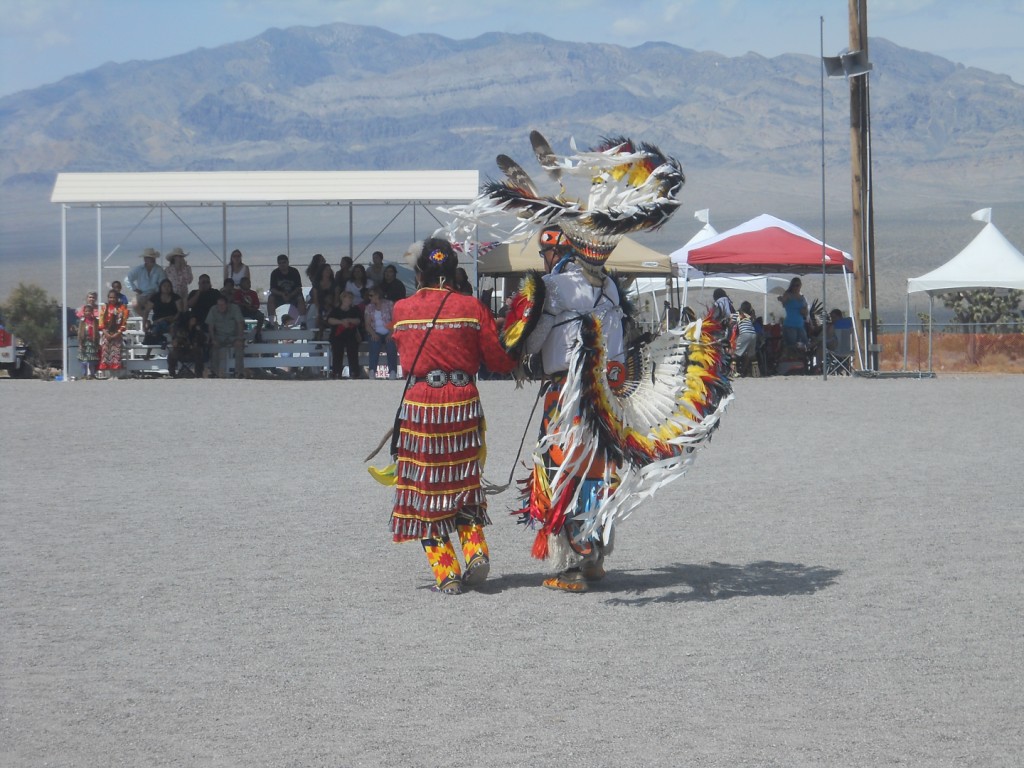
Dancers at the 25th annual Memorial Day Snow Mountain Powwow at the Las Vegas Band of Paiutes, Las Vegas, Nevada, May 24, 2014 | Photo by Aspen Stoddard, St. George News
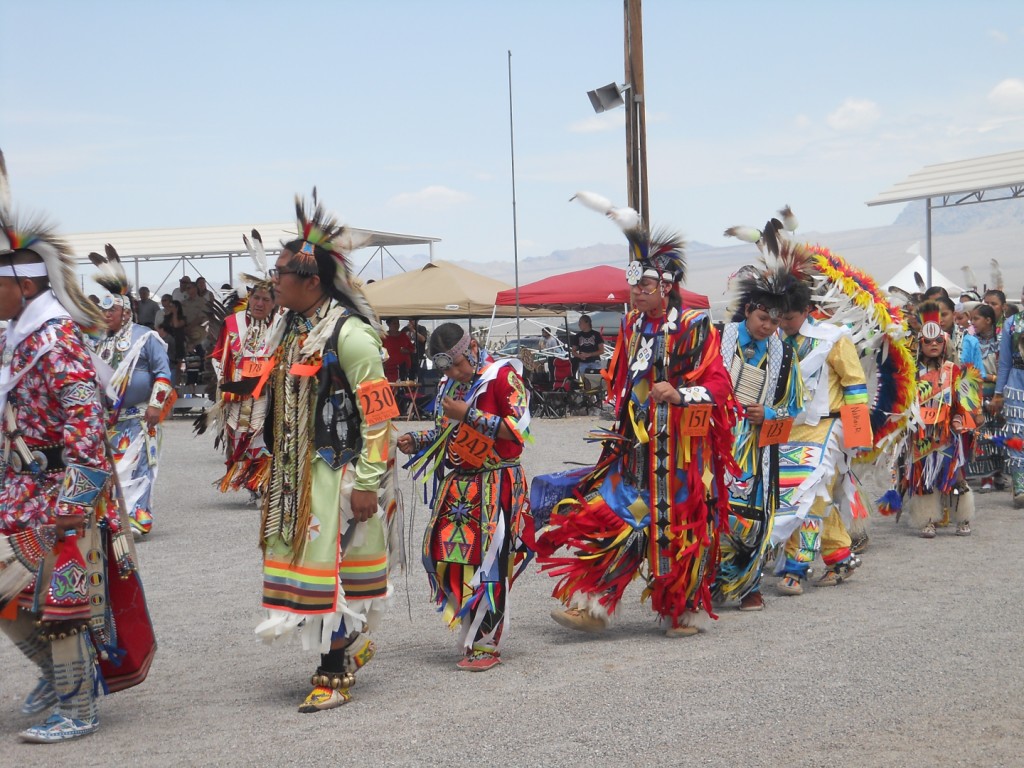
Dancers at the 25th annual Memorial Day Snow Mountain Powwow at the Las Vegas Band of Paiutes, Las Vegas, Nevada, May 24, 2014 | Photo by Aspen Stoddard, St. George News

Dancer at the 25th annual Memorial Day Snow Mountain Powwow at the Las Vegas Band of Paiutes, Las Vegas, Nevada, May 24, 2014 | Photo by Aspen Stoddard, St. George News

Dancers at the 25th annual Memorial Day Snow Mountain Powwow at the Las Vegas Band of Paiutes, Las Vegas, Nevada, May 24, 2014 | Photo by Aspen Stoddard, St. George News
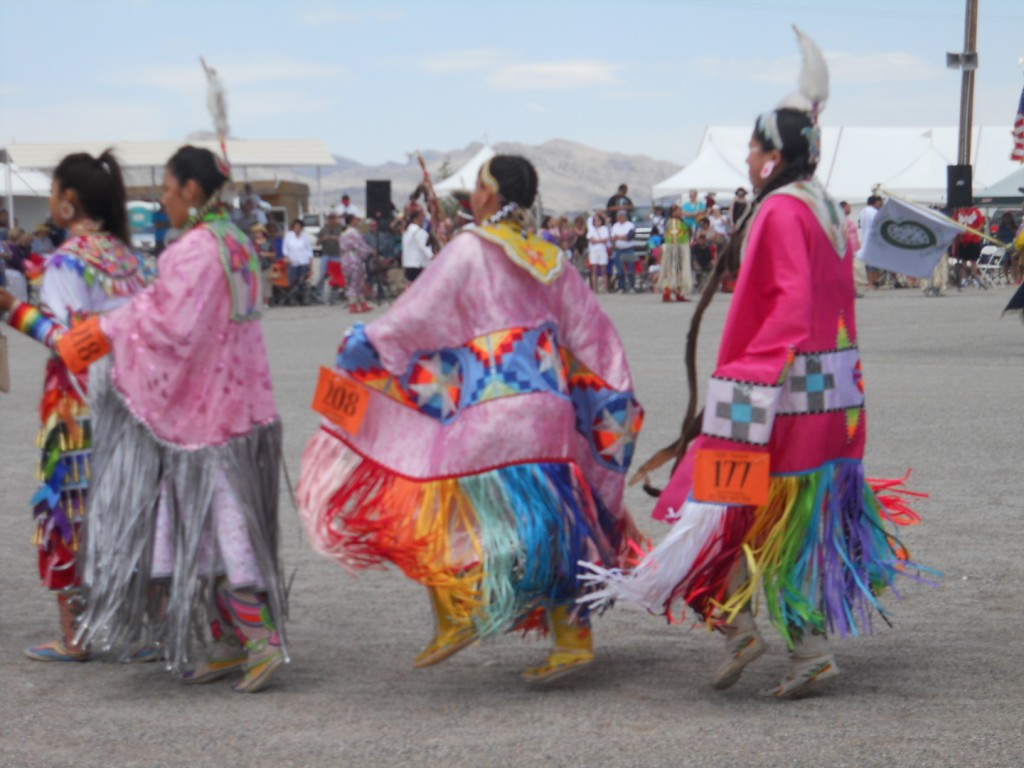
Fancy shawl dancers at the 25th annual Memorial Day Snow Mountain Powwow at the Las Vegas Band of Paiutes, Las Vegas, Nevada, May 24, 2014 | Photo by Aspen Stoddard, St. George News

Dancers in jingle dresses at the 25th annual Memorial Day Snow Mountain Powwow at the Las Vegas Band of Paiutes, Las Vegas, Nevada, May 24, 2014 | Photo by Aspen Stoddard, St. George News

Dancers at the 25th annual Memorial Day Snow Mountain Powwow at the Las Vegas Band of Paiutes, Las Vegas, Nevada, May 24, 2014 | Photo by Aspen Stoddard, St. George News

Dancers at the 25th annual Memorial Day Snow Mountain Powwow at the Las Vegas Band of Paiutes, Las Vegas, Nevada, May 24, 2014 | Photo by Aspen Stoddard, St. George News
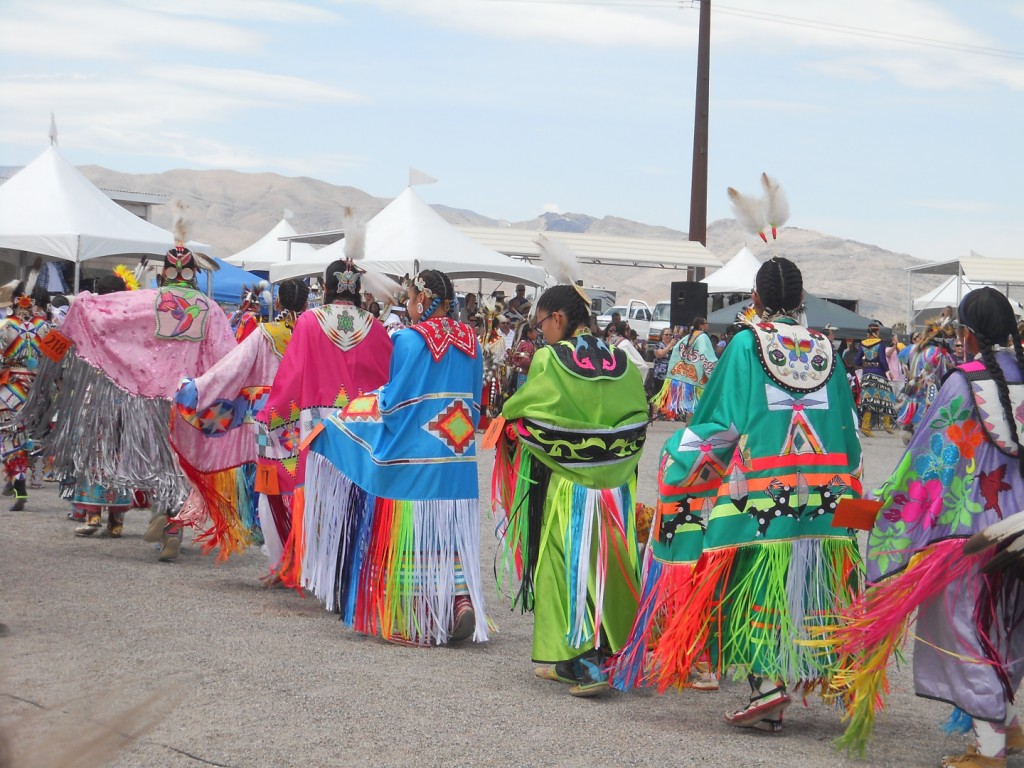
Dancers parade into the arena during the Grand Entry at the 25th annual Memorial Day Snow Mountain Powwow at the Las Vegas Band of Paiutes, Las Vegas, Nevada, May 24, 2014 | Photo by Aspen Stoddard, St. George News

Dancers at the 25th annual Memorial Day Snow Mountain Powwow at the Las Vegas Band of Paiutes, Las Vegas, Nevada, May 24, 2014 | Photo by Aspen Stoddard, St. George News
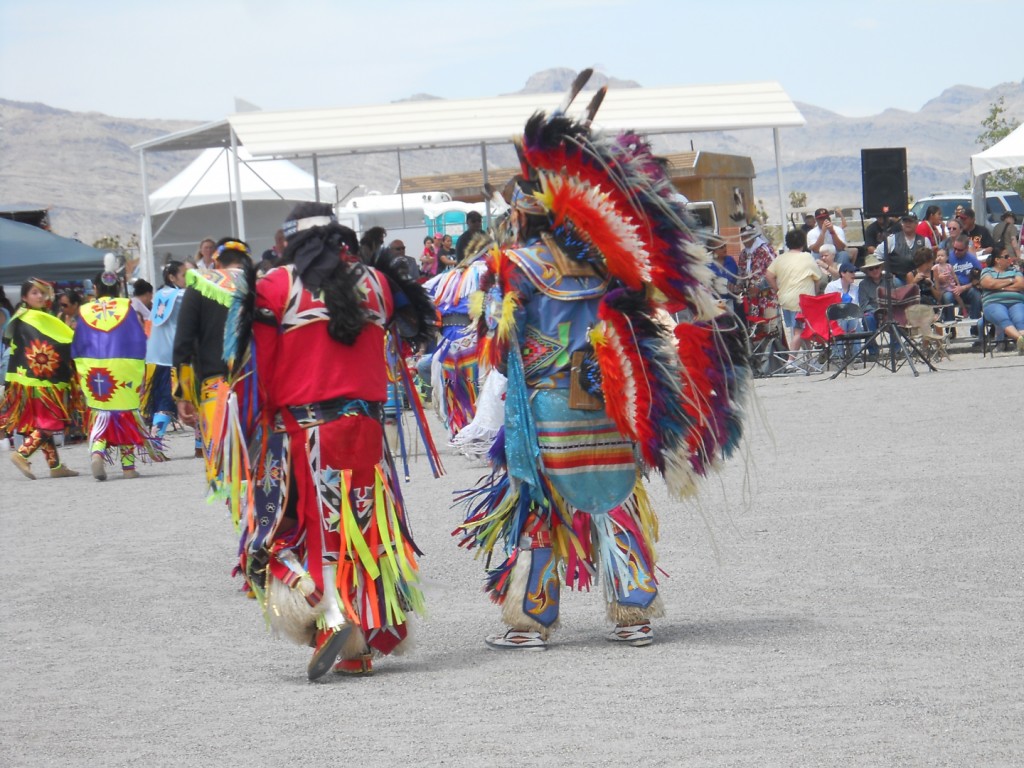
Dancers at the 25th annual Memorial Day Snow Mountain Powwow at the Las Vegas Band of Paiutes, Las Vegas, Nevada, May 24, 2014 | Photo by Aspen Stoddard, St. George News

Drummers at the 25th annual Memorial Day Snow Mountain Powwow at the Las Vegas Band of Paiutes, Las Vegas, Nevada, May 24, 2014 | Photo by Aspen Stoddard, St. George News
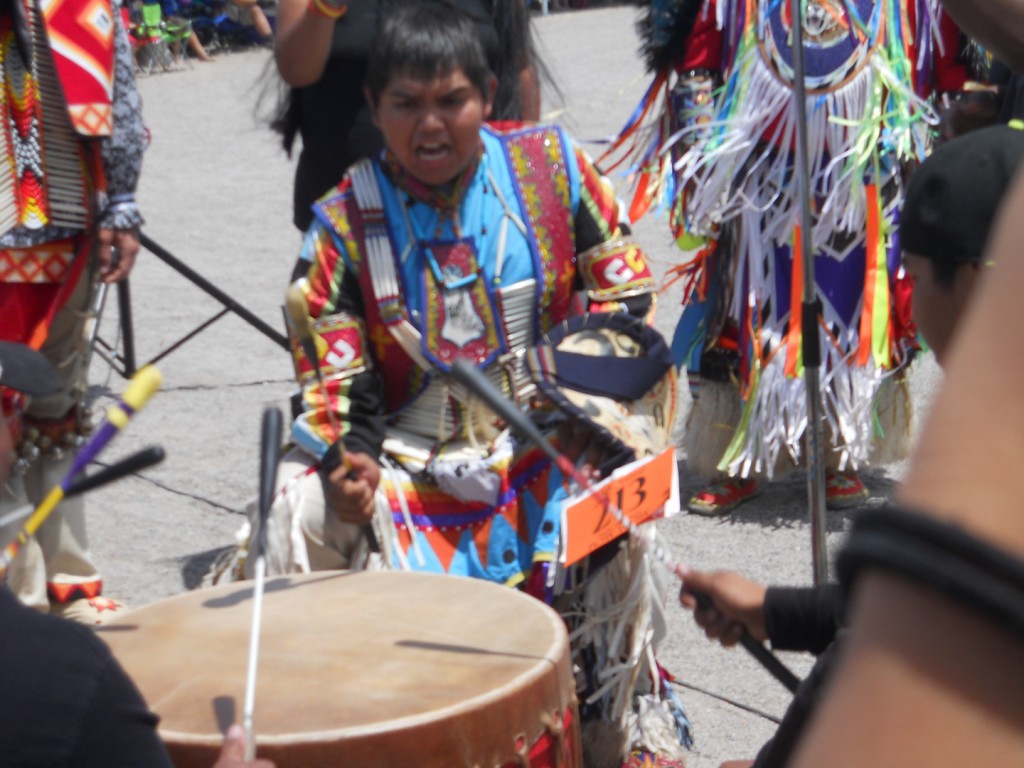
Drummers at the 25th annual Memorial Day Snow Mountain Powwow at the Las Vegas Band of Paiutes, Las Vegas, Nevada, May 24, 2014 | Photo by Aspen Stoddard, St. George News
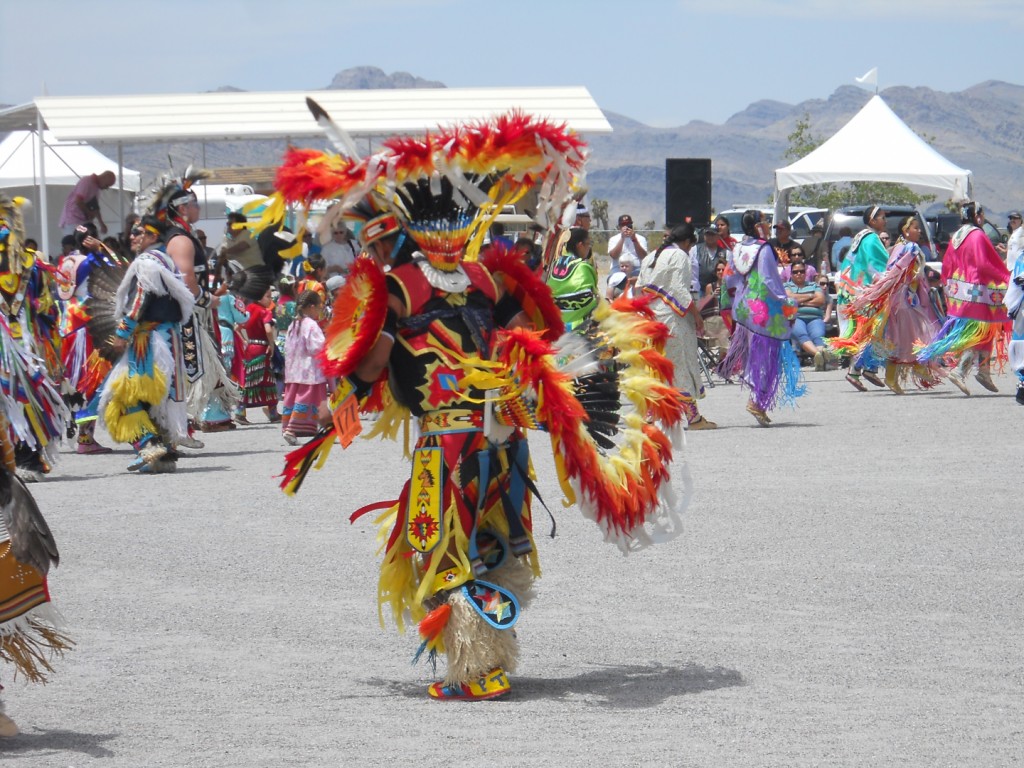
Dancers at the 25th annual Memorial Day Snow Mountain Powwow at the Las Vegas Band of Paiutes, Las Vegas, Nevada, May 24, 2014 | Photo by Aspen Stoddard, St. George News

Dancers at the 25th annual Memorial Day Snow Mountain Powwow at the Las Vegas Band of Paiutes, Las Vegas, Nevada, May 24, 2014 | Photo by Aspen Stoddard, St. George News

Dancers at the 25th annual Memorial Day Snow Mountain Powwow at the Las Vegas Band of Paiutes, Las Vegas, Nevada, May 24, 2014 | Photo by Aspen Stoddard, St. George News
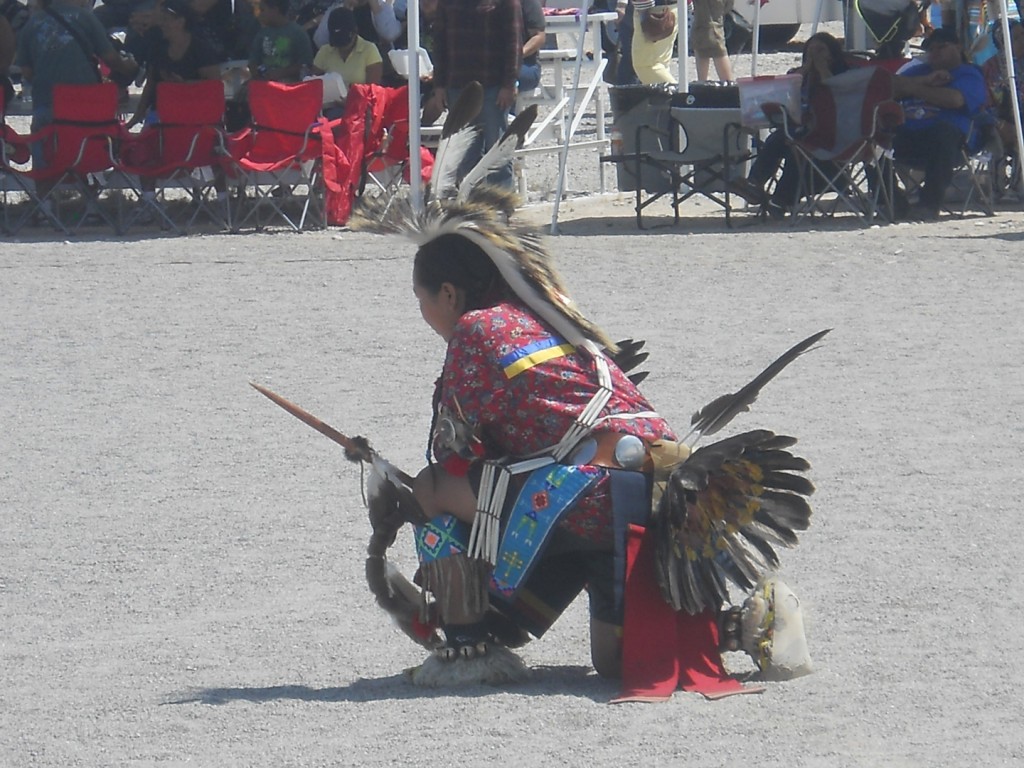
Dancer at the 25th annual Memorial Day Snow Mountain Powwow at the Las Vegas Band of Paiutes, Las Vegas, Nevada, May 24, 2014 | Photo by Aspen Stoddard, St. George News
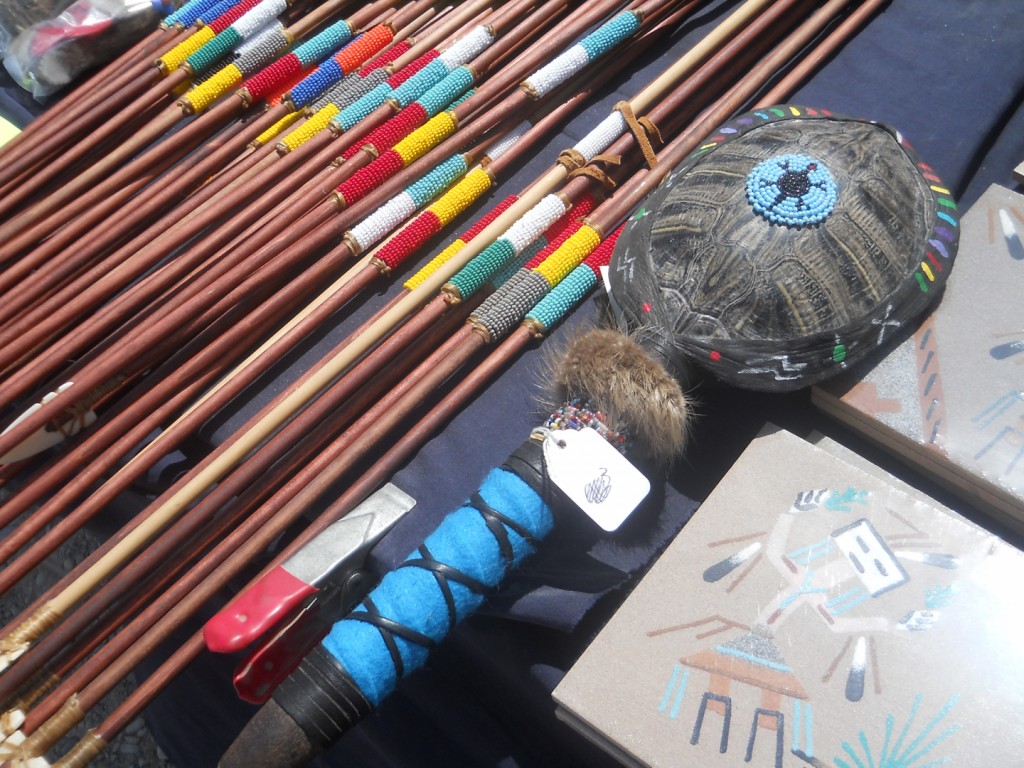
Traditional made arrows at the 25th annual Memorial Day Snow Mountain Powwow at the Las Vegas Band of Paiutes, Las Vegas, Nevada, May 24, 2014 | Photo by Aspen Stoddard, St. George News

Drummers at the 25th annual Memorial Day Snow Mountain Powwow at the Las Vegas Band of Paiutes, Las Vegas, Nevada, May 24, 2014 | Photo by Aspen Stoddard, St. George News
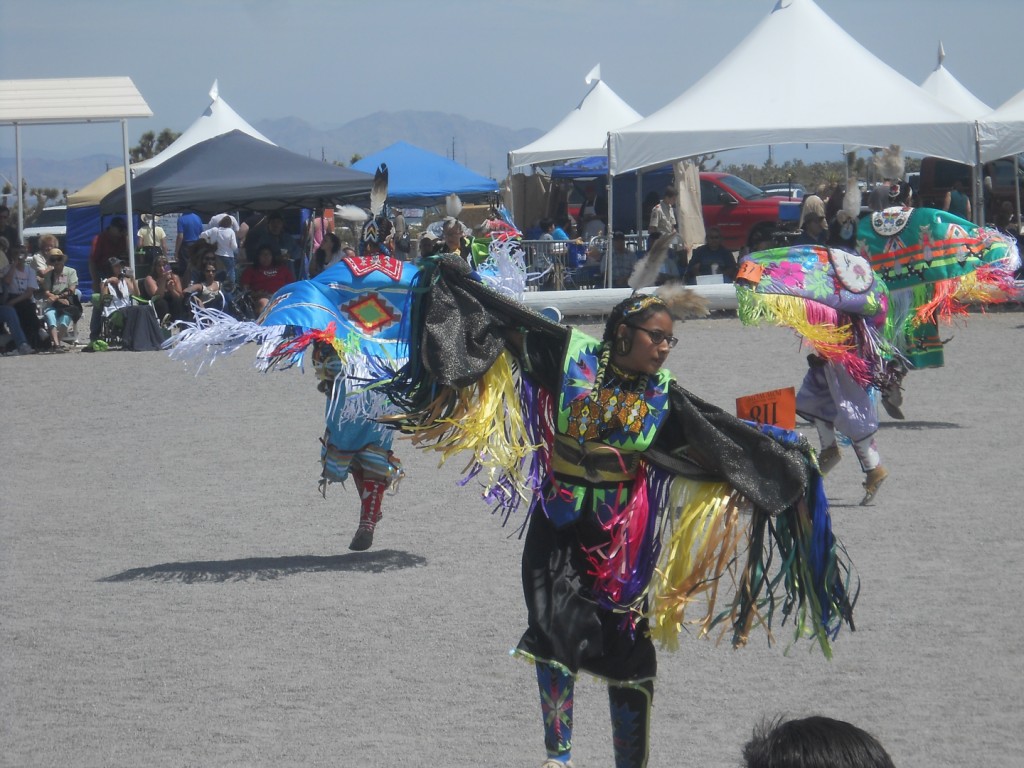
Dancers at the 25th annual Memorial Day Snow Mountain Powwow at the Las Vegas Band of Paiutes, Las Vegas, Nevada, May 24, 2014 | Photo by Aspen Stoddard, St. George News

Dancers at the 25th annual Memorial Day Snow Mountain Powwow at the Las Vegas Band of Paiutes, Las Vegas, Nevada, May 24, 2014 | Photo by Aspen Stoddard, St. George News

Fancy shawl dancers at the 25th annual Memorial Day Snow Mountain Powwow at the Las Vegas Band of Paiutes, Las Vegas, Nevada, May 24, 2014 | Photo by Aspen Stoddard, St. George News
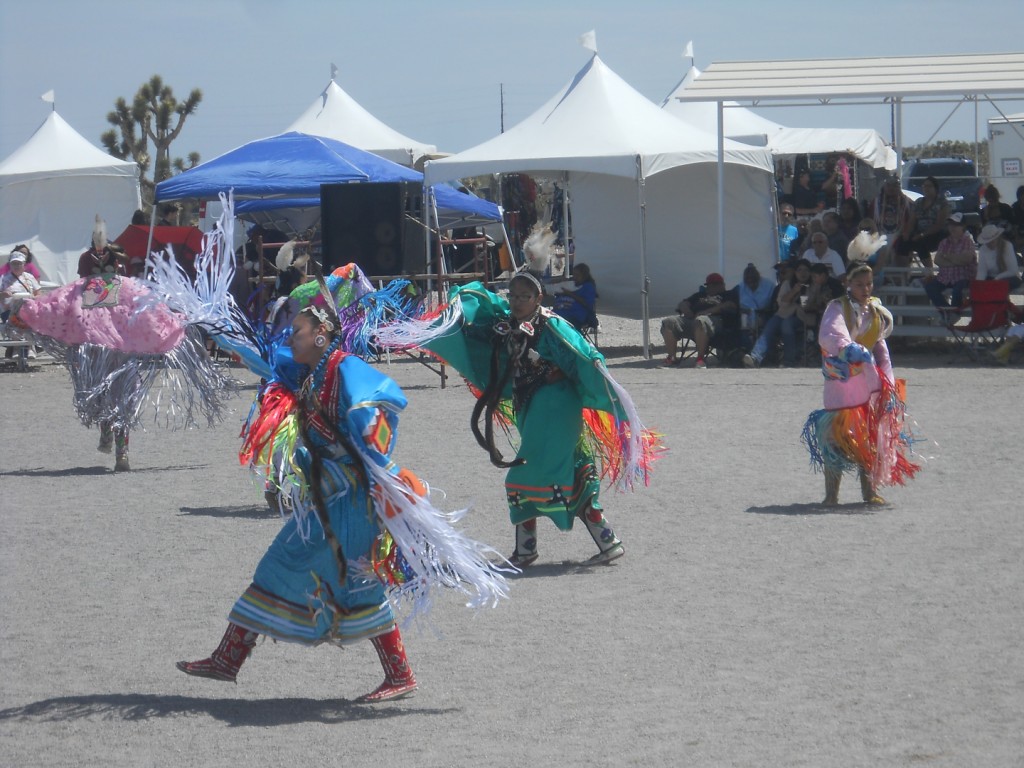
Dancers at the 25th annual Memorial Day Snow Mountain Powwow at the Las Vegas Band of Paiutes, Las Vegas, Nevada, May 24, 2014 | Photo by Aspen Stoddard, St. George News
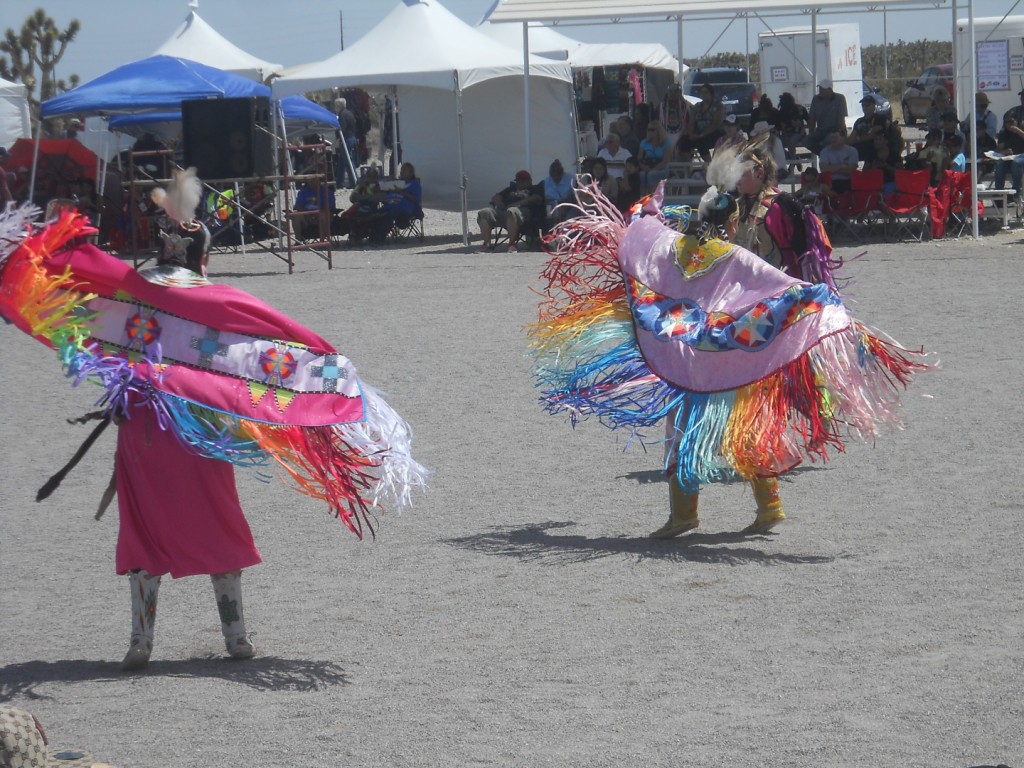
Dancers at the 25th annual Memorial Day Snow Mountain Powwow at the Las Vegas Band of Paiutes, Las Vegas, Nevada, May 24, 2014 | Photo by Aspen Stoddard, St. George News

Up close shot of headress at the 25th annual Memorial Day Snow Mountain Powwow at the Las Vegas Band of Paiutes, Las Vegas, Nevada, May 24, 2014 | Photo by Aspen Stoddard, St. George News
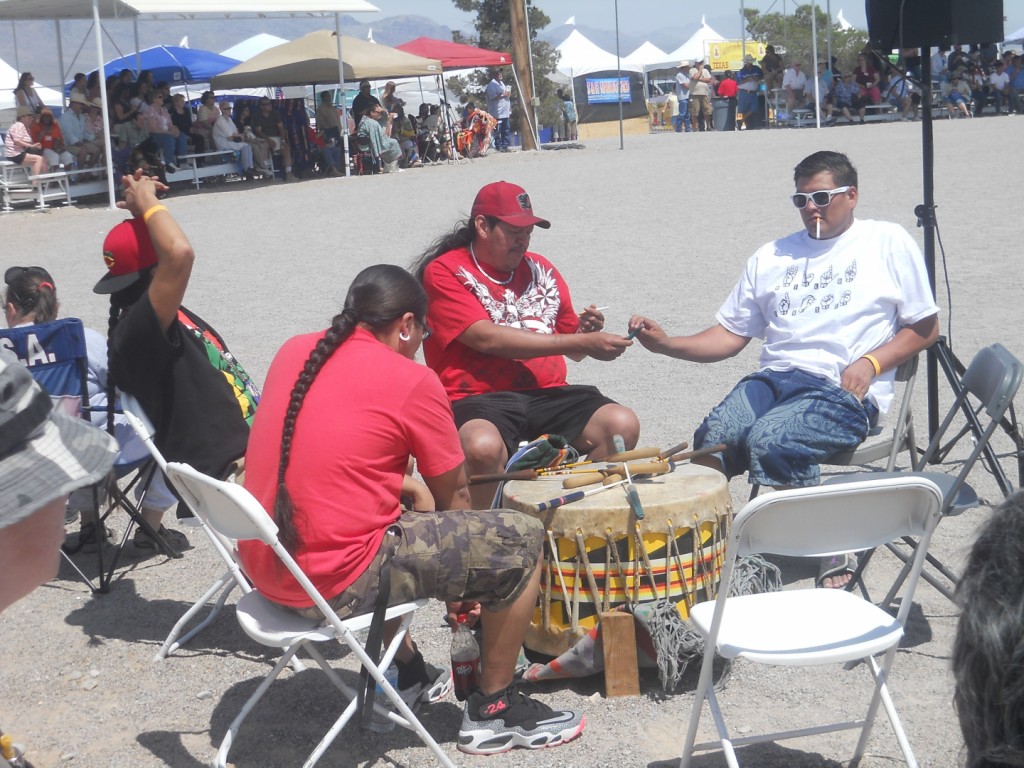
Drummers at the 25th annual Memorial Day Snow Mountain Powwow at the Las Vegas Band of Paiutes, Las Vegas, Nevada, May 24, 2014 | Photo by Aspen Stoddard, St. George News
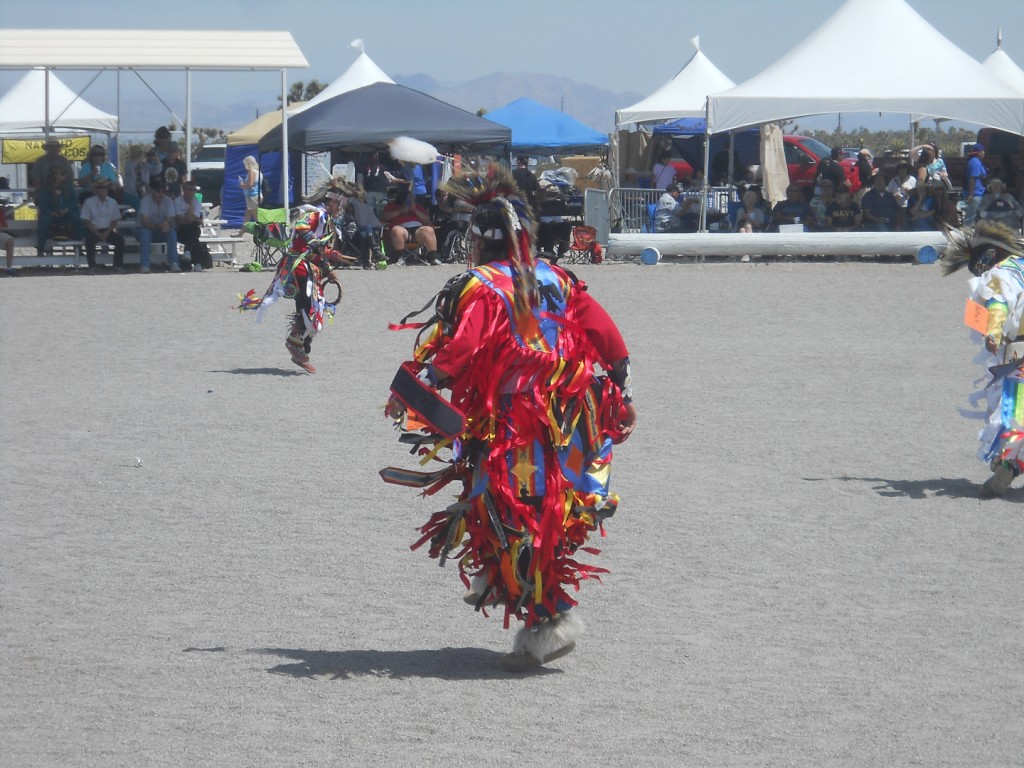
Dancers at the 25th annual Memorial Day Snow Mountain Powwow at the Las Vegas Band of Paiutes, Las Vegas, Nevada, May 24, 2014 | Photo by Aspen Stoddard, St. George News
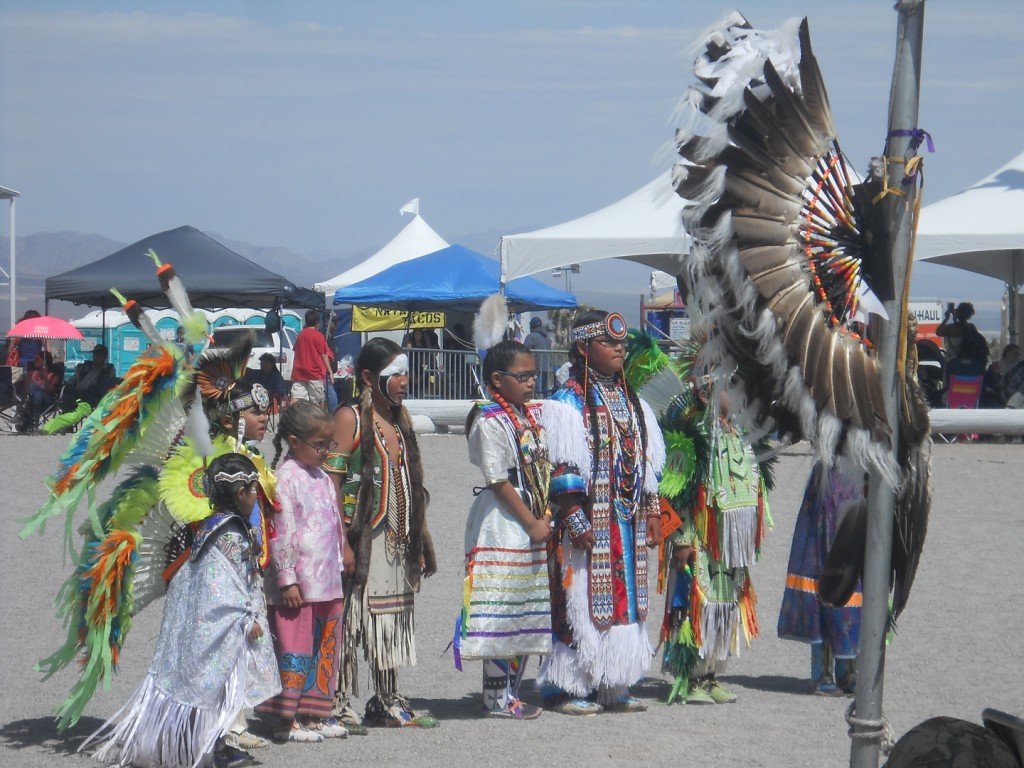
Dancers at the 25th annual Memorial Day Snow Mountain Powwow at the Las Vegas Band of Paiutes, Las Vegas, Nevada, May 24, 2014 | Photo by Aspen Stoddard, St. George News

Dancers at the 25th annual Memorial Day Snow Mountain Powwow at the Las Vegas Band of Paiutes, Las Vegas, Nevada, May 24, 2014 | Photo by Aspen Stoddard, St. George News
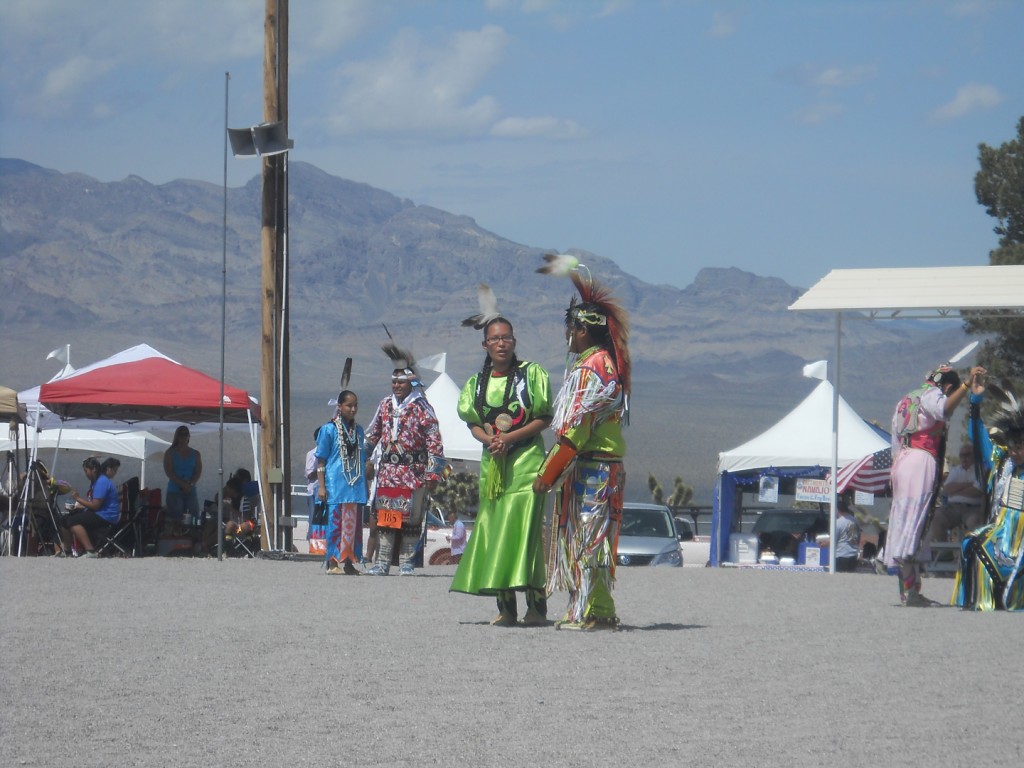
Dancers at the 25th annual Memorial Day Snow Mountain Powwow at the Las Vegas Band of Paiutes, Las Vegas, Nevada, May 24, 2014 | Photo by Aspen Stoddard, St. George News

Dancers at the 25th annual Memorial Day Snow Mountain Powwow at the Las Vegas Band of Paiutes, Las Vegas, Nevada, May 24, 2014 | Photo by Aspen Stoddard, St. George News
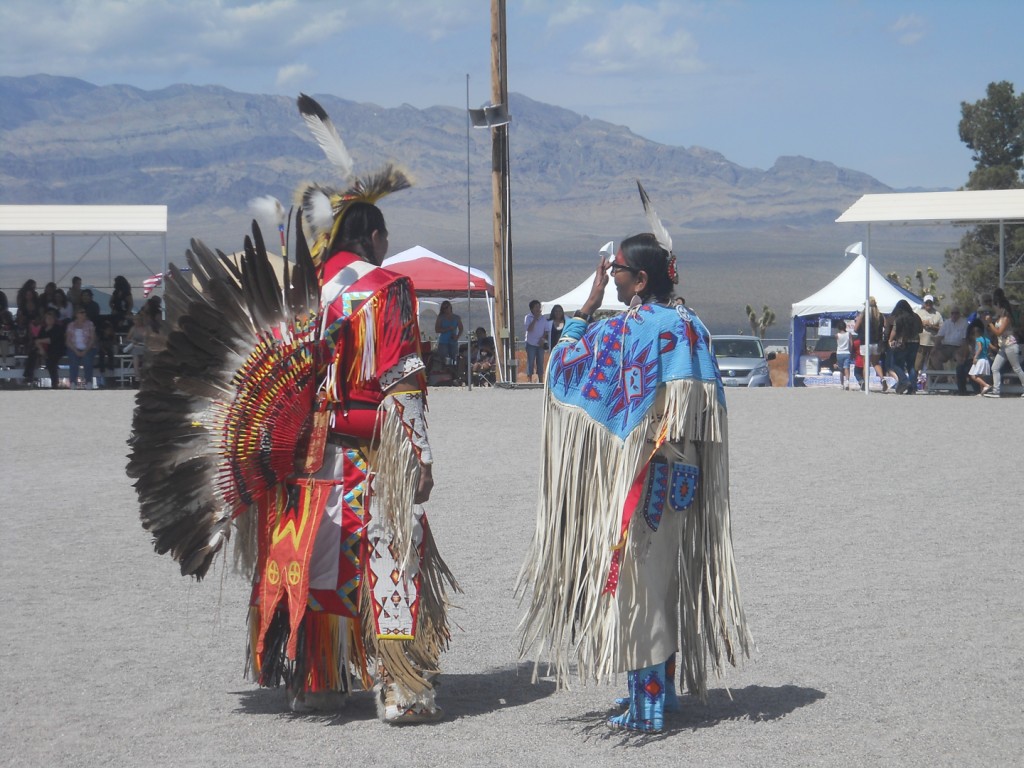
Dancers at the 25th annual Memorial Day Snow Mountain Powwow at the Las Vegas Band of Paiutes, Las Vegas, Nevada, May 24, 2014 | Photo by Aspen Stoddard, St. George News

Dancers at the 25th annual Memorial Day Snow Mountain Powwow at the Las Vegas Band of Paiutes, Las Vegas, Nevada, May 24, 2014 | Photo by Aspen Stoddard, St. George News
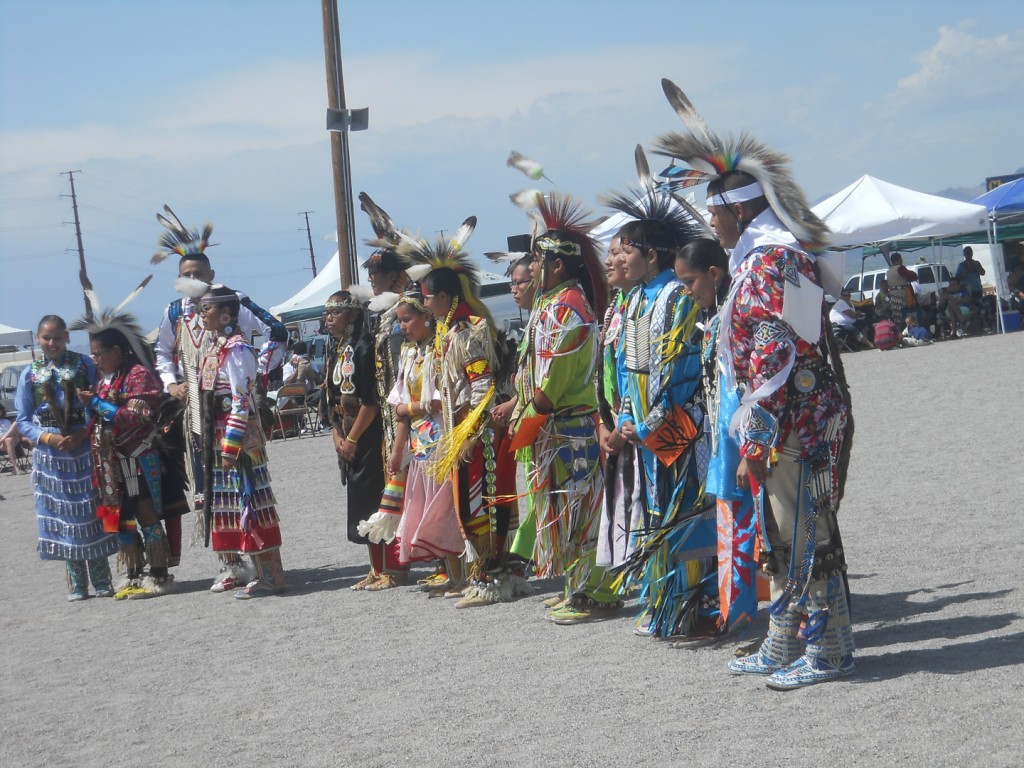
Dancers at the 25th annual Memorial Day Snow Mountain Powwow at the Las Vegas Band of Paiutes, Las Vegas, Nevada, May 24, 2014 | Photo by Aspen Stoddard, St. George News
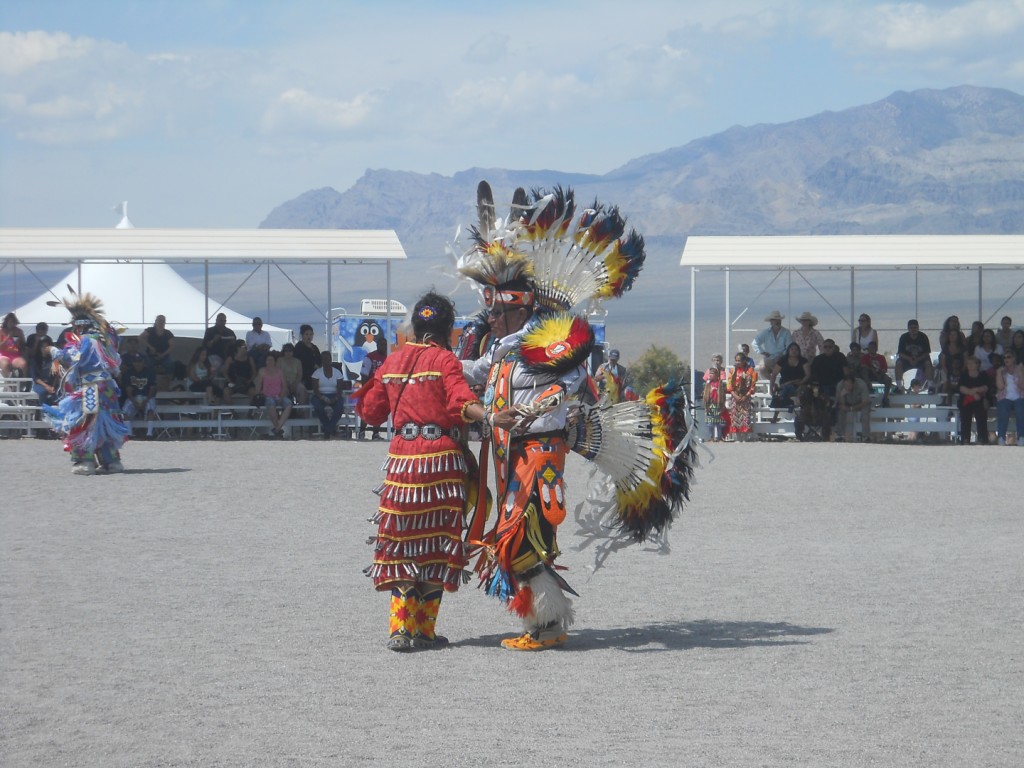
Dancers at the 25th annual Memorial Day Snow Mountain Powwow at the Las Vegas Band of Paiutes, Las Vegas, Nevada, May 24, 2014 | Photo by Aspen Stoddard, St. George News
Related posts
- Judge hands down decision on Anasazi Valley property
- Invitation to reflect, to make history; Boiling Springs crowd funding …
- Chain saw for Change, Black Bear Diner hosts master carver for PAWS …
- Equality Utah celebrates progress, visibility, hope
Email: [email protected]
Twitter: @STGnews
Copyright St. George News, SaintGeorgeUtah.com LLC, 2014, all rights reserved.

Beautiful celebration. Thank you all for your service and the continuation of traditions. Have a blessed day.
The colors of the attire are absolutely breath taking. Do they do this every year? I would love to go next year. Gives me a year to read up on the Paiute customs and traditions.
My compliments to the author and photographer in regards to this article. Very nicely done! You were able to get up close and personal with those who participate in an old tradition. I look forward to reading further articles about future Pow Wows.
A terrific article Aspen, thanks.
A stupid and second thought on the Memorial Powwow celebration of their culture;
Do they have to gain a permit /approval from the EPA and BLM to gather in the dessert each year?
I really enjoyed all the pictures. Thanks for sharing with us..
Thank you for your service and sharing your beautiful culture.